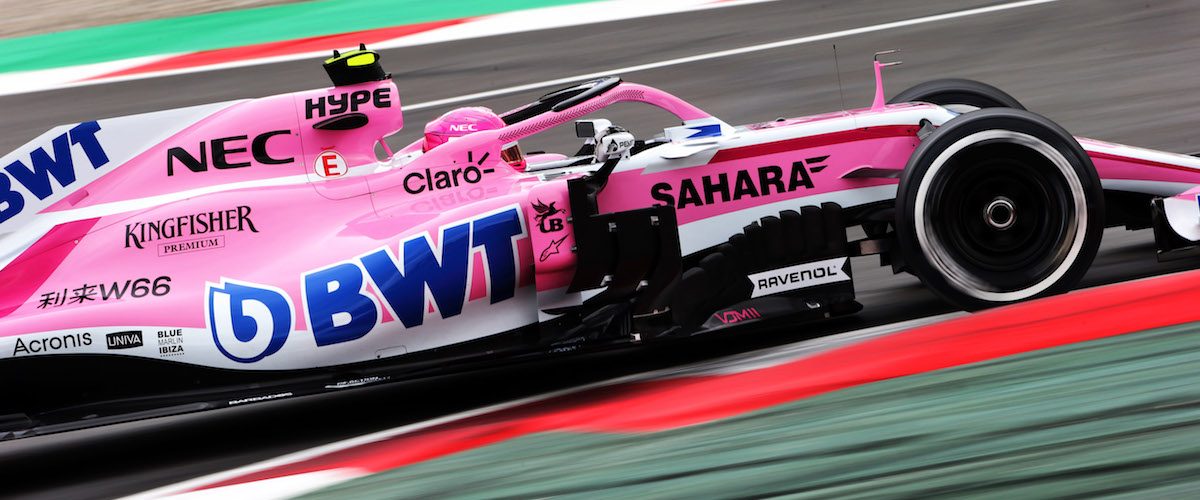The Acronis Mission Control Centre in Silverstone was left with mixed emotions as Sergio Perez backed up his fantastic Baku podium with a strong ninth place for Force India at the Spanish Grand Prix.
Esteban Ocon also seemed nailed on for a solid points finish and was running a strong seventh before an unfortunate pit stop problem dropped him down the order and a late technical issue forced him into retirement.
At the business end of proceedings, a supreme pole to flag victory for Lewis Hamilton extended his championship lead to 17 points over bitter rival Sebastian Vettel after the German could only manage fourth after a Ferrari safety car gamble again backfired.
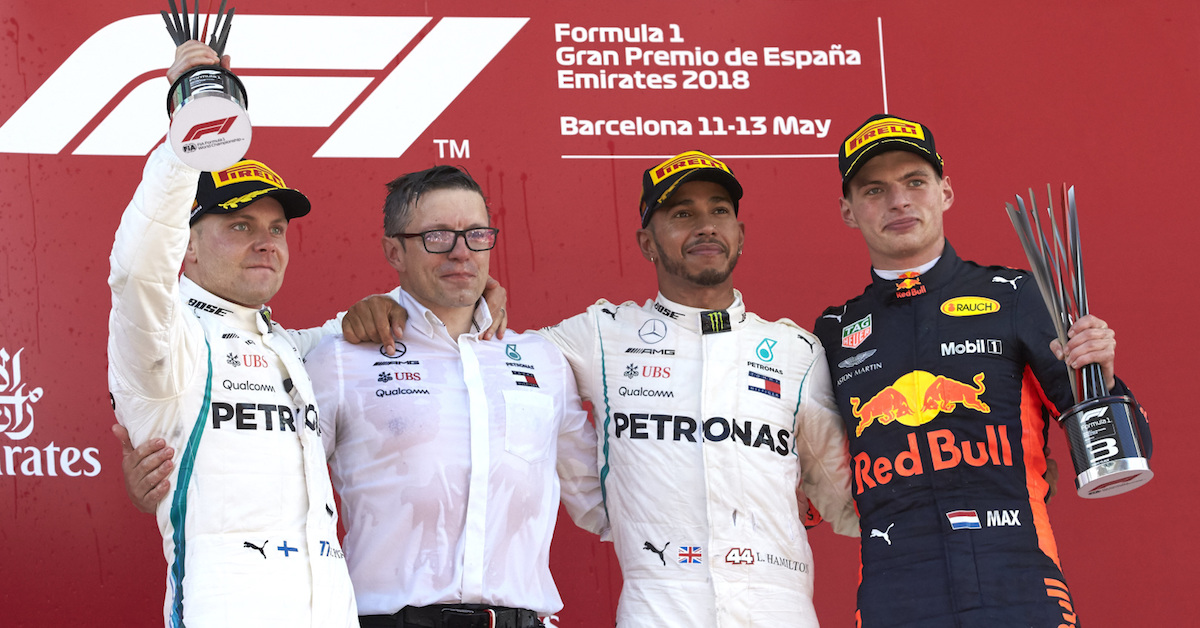
Valtteri Bottas made it a Mercedes 1-2 ahead of Max Verstappen, who grabbed a confidence-boosting third despite bunting into the back of Lance Stroll’s Williams late on and damaging his own front wing. The second Red Bull of Daniel Ricciardo was fifth ahead of Kevin Magnussen’s Haas and Carlos Sainz’s Renault. Fernando Alonso, Perez and Charles Leclerc rounded off the points scoring drivers.
As so often happens, much of the chaos ensued on the opening lap. Yet again it was the Haas of Romain Grosjean in the spotlight, the Frenchman braking to avoid hitting teammate Kevin Magnussen – his resultant spin collecting the unfortunate Nico Hulkenberg. Pierre Gasly’s Toro Rosso was also unable to avoid the melee and he followed the pair into retirement to bring about an early safety car.
Ahead of the carnage, Hamilton was engulfed in a serene bubble, extending his lead over fast-starting rival Sebastian Vettel to ten seconds by lap 18. It forced the Ferrari crew into a gamble, pitting Vettel early to try the undercut. And with Mercedes responding, bringing in Bottas two laps later, it seemed to have worked as the German emerged ahead after a slow stop for the Finn.
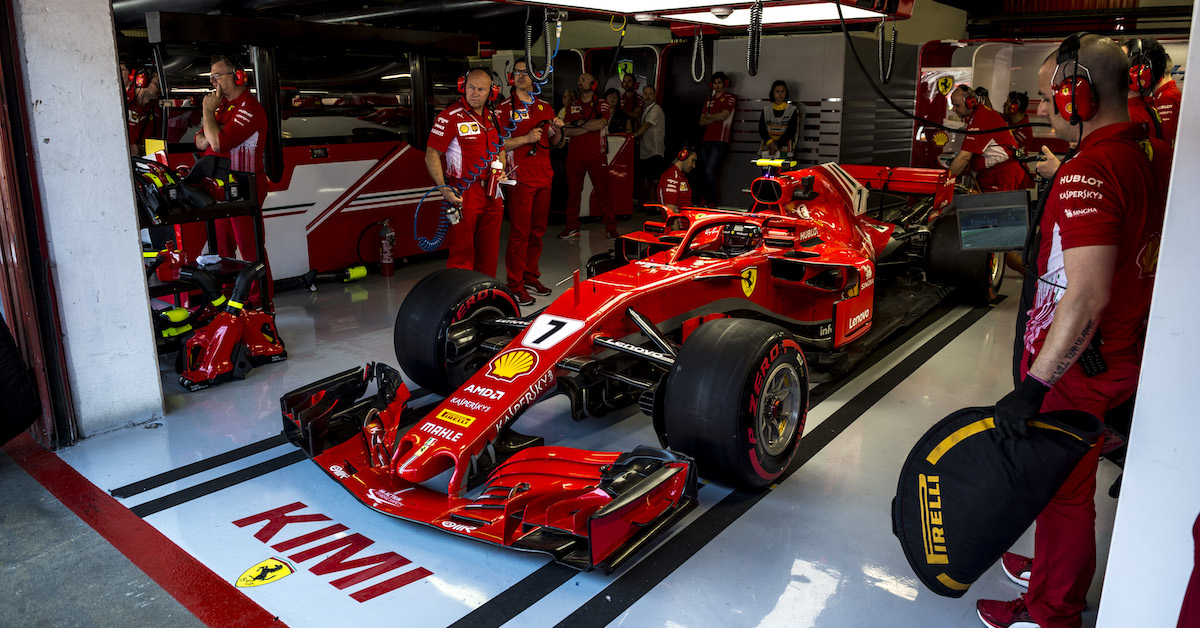
Kimi Raikkonen’s unfortunate retirement for an engine issue on lap 25 preceded leader Hamilton’s only stop and the reigning champ re-joined the circuit with plenty in hand. It was a lead he would not relinquish. It was down to damage limitation for Vettel but after Ocon’s early misfortune was compounded by a late mechanical issue, the gamble to pit under the virtual safety car dropped the German to fourth, where he would finish.
Six years since Pastor Maldonado won for the Acronis-backed Williams team in Barcelona, it proved a tough day at the office. But there were indeed positive signs to build upon. Lance Stroll made a brilliant start, showing great race craft to finish just out of the points from 19th on the grid. And Sergey Sirotkin made it to the chequered flag after a tough weekend, gaining valuable track time and learning experience.
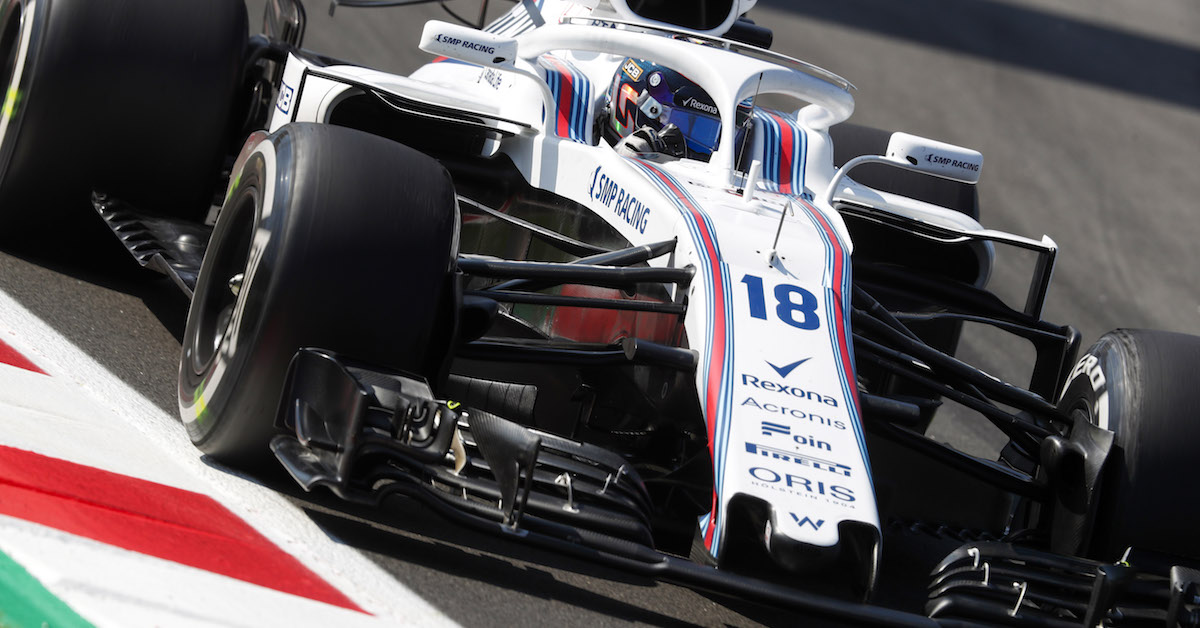
Even at this early stage, the season seems to be shaping up very much in favor of Mercedes at the sharp end of the field because of the dominant 1-2 in Spain. How so? Purely because the first round of the Formula 1 European season in Barcelona is invariably where teams find a true gauge where they are relative to one another in the pecking order.
The famous Spanish artist Pablo Picasso once said, “Our goals can only be reached through a vehicle of a plan, in which we must fervently believe, and upon which we must vigorously act. There is no other route to success.”
Although many view the technical scientology of Formula 1 as an art form in itself, Picasso’s words are particularly apt when applied to the famous Catalan race track as there is no other race track on the calendar where so much planning and preparation goes into setting up and testing a car.
For well over a decade, the circuit on the outskirts of Barcelona has served as the test bed for all teams to hone and refine their chariots in preparation for the season to come with thousands of kilometers churned across the asphalt.
Because teams and drivers know the circuit like the back of their hand, nowhere is car set-up more important in finding an advantage over the opposition and car updates are always the order of the day when it comes to setting up the garages before free practice.
Achieving optimum performance
So what is involved in setting up a car for optimum performance and how is this achieved from circuit to circuit? In essence, it’s all about achieving what is known as an optimum ‘balance’ and this will be a compromise between grip, handling, downforce, and aerodynamics. Drag is also important and will obviously vary from circuit to circuit, the most obvious differences being between tight, twisty circuits such as Monaco where downforce is at a premium and straight-line speed more important as opposed to Monza, where lower drag is more important. Wing angles are hence altered accordingly to achieve that optimum aero balance.
The smoothness of a circuit also plays a part. On bumpy circuits, such as Interlagos or Singapore, springs and roll bars will be softer and higher respectively to compensate. Teams will also work on more intricate settings, such as brake-duct geometries to optimize tyre heating and brake cooling.
It’s a natural assumption that most of the set-up work takes place during the first practice session but generally, this will be when new parts are first tried out, especially as is the case in Spain. In this instance, we saw McLaren reveal a triple duct nose to work air underneath the front of the car. Ferrari introduced radical and funky-looking new wing mirrors hanging off the halo with added winglets aimed at aero gains. And Force India themselves are constantly striving to keep at the forefront of F1 tech with front and rear wing updates working their magic to good effect this weekend. As chief operating officer Otmar Szafnauer told Autosport before the weekend.
“You always bring updates that the tunnel and CFD have given you an indication are going to be better than what you have now, and by a significant amount,” said Szafnauer. “But that’s not reality. So you’ve got to bolt them to the car, see if it correlates. If it doesn’t, you have to understand why. Sometimes it doesn’t because you haven’t optimized the car on track yet. You have to spend time with those parts, just optimizing around them.”
It’s then the afternoon session where more of the important set-up work is undertaken as well as assessing tyre compounds in both high and low fuel load conditions.
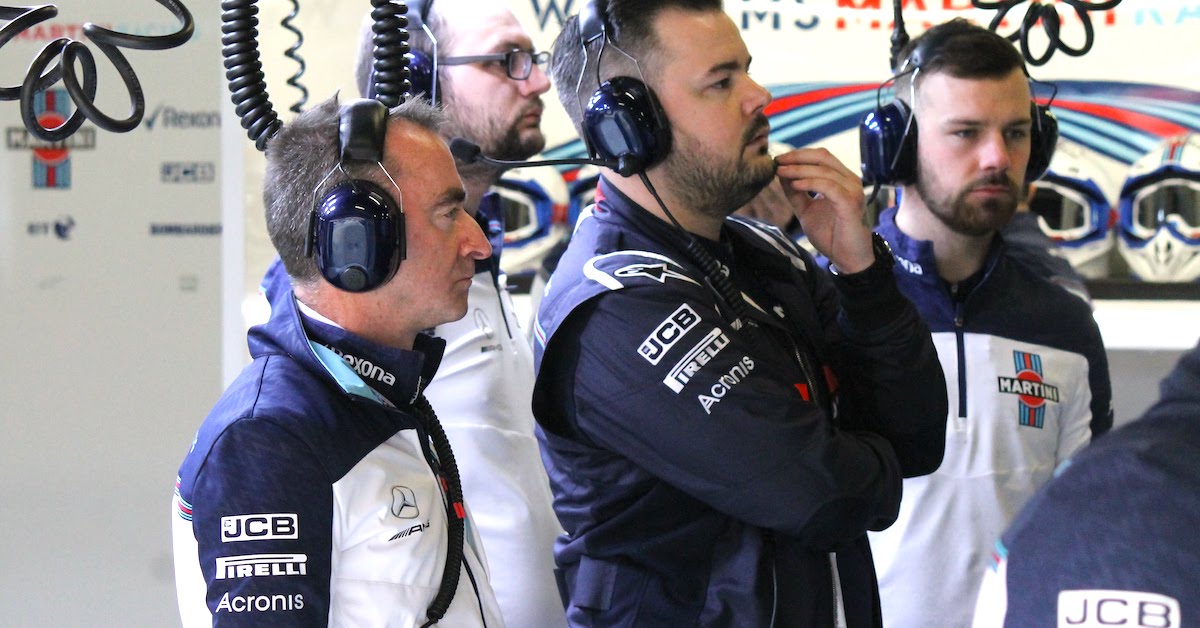
Whilst telemetry and data protected by Acronis provide invaluable feedback about how the car is behaving under different conditions, the role of the driver is crucial. He will work closely with his engineer in telling him exactly how the car is responding, through his own feel through the steering wheel, how the tyres are behaving and where he feels he is losing time under braking and through which corners. You will often hear a driver complaining of ‘understeer’ or ‘oversteer’ and wind and circuit temperature can also play a part.
It all means that finding an optimum set-up depends on several factors that teams must take into account, anticipate and react to accordingly.
Monaco in a fortnight’s time could well test this theory of Mercedes Spain supremacy. It’s a circuit like no other on the planet where the tight and twisty confines may prove more to the liking of the Prancing Horse. One thing is for certain. In the following two weeks, each team will be striving once again to get that technical edge that can mean the difference between first and fourth. Points or no points. And that’s the beauty of F1 racing.
See 2018 F1 Calendar.
Top image: Sahara Force India F1 VJM11 at the 2018 F1 Spanish Grand Prix. © Sahara Force India content pool.

